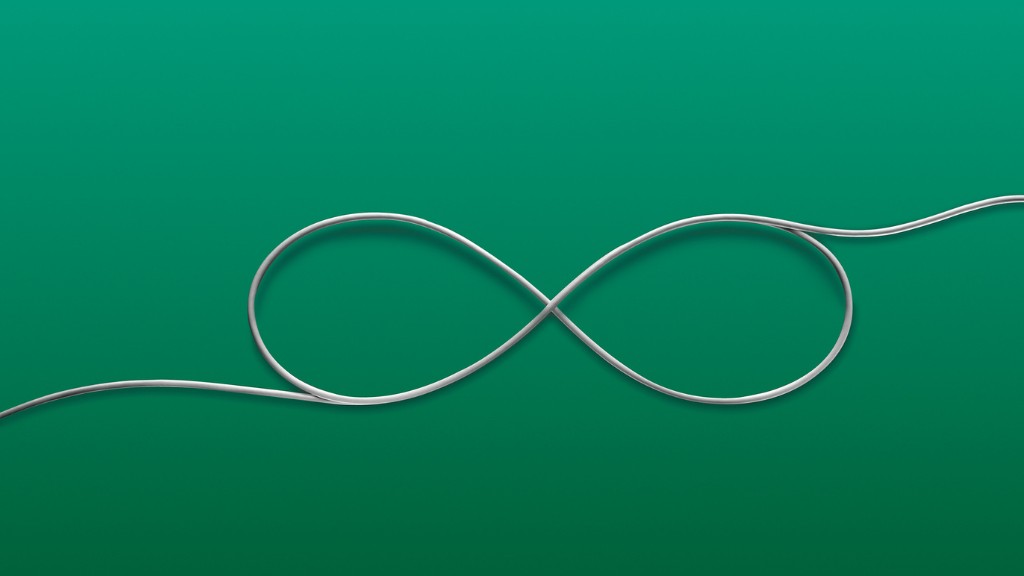
Do you want to ensure that your event is accessible and respectful of Autistic sensory and communication needs?
These guidelines will help you to support the needs of the Autistic individuals attending your event.
They are not, by any means, comprehensive or exhaustive. But they are the minimum you should offer to make your Autistic guests comfortable.
Ensure that you have:
All delegates should understand and respect the ‘dots’ system.
As an organiser, you should provide a series of coloured sticky dots to each delegate (green, orange or yellow, and red).
If a delegate is displaying a green dot (on their name tag or somewhere visible), this signifies that they are willing to engage in conversation with anyone.
If a delegate is displaying an orange/yellow dot, this signifies that they are willing to engage only briefly, or only with those people they already know.
If a delegate is displaying a red dot, this signifies that they do not wish to communicate with anyone at that time.
Delegates can change the colour of their dot throughout the event, so everyone needs to check to ensure that attendees are willing to ‘chat’, even if they might have been willing at an earlier time.
We suggest encouraging all participants (Autistic and non-autistic) to use the dot system, and to have a number of sets of dots readily available to participants (e.g., in a conference bag rather than at a registration desk).
In addition, delegates who do not wish to be photographed can wear a black dot to signify that they do not give consent to be photographed or videoed. This dot saves your delegates from having to verbally protest when a photo is being taken. It also means that everyone attending (particularly photographer and videographer) should look for the black dot before engaging participants.
Unless prior consent has been given, everyone should check before shaking hands or hugging, to ensure that all delegates are comfortable with physical contact.
If appropriate to your event, please prepare all delegates to participate in Autistic (otherwise called ‘Deaf’) applause (‘Autplause’ if you like). This means that instead of applauding with sound, we applaud with hands raised in the air while being twisted back and forth. This protects those Autistic people with noise sensitivities.
It is wise to have one or two team members on hand to support Autistic participants (or more, depending on numbers), and for Autistic participants to have a way to communicate with the support team via non-traditional means (e.g., SMSing, messaging).
If your Autistic delegates include non-traditional communicators, you should ensure that one of your team is able to communicate fluently in the communication method required (e.g., sign language, iCommunicate for iPad, Proloquo2Go etc.).
Ideally, you would provide your Autistic delegates with visual and written information well in advance of the event. Such preparatory material should include:
If your Autistic guests are children, this information might be best presented as a social story.
These simple steps will help to make the event comfortable, accessible, and inviting to your Autistic guests, big and small!

The Reframing Autism team would like to acknowledge the Traditional Owners of the lands on which we have the privilege to learn, work, and grow. Whilst we gather on many different parts of this Country, the RA team walk on the land of the Awabakal, Birpai, Whadjak, and Wiradjuri peoples.
We are committed to honouring the rich culture of the Aboriginal and Torres Strait Islander peoples of this Country, and the diversity and learning opportunities with which they provide us. We extend our gratitude and respect to all Aboriginal and Torres Strait Islander peoples, and to all Elders past and present, for their wisdom, their resilience, and for helping this Country to heal.